Controversies are common in the scientific world and Archaeology is no exception. From the meanings of cave paintings to the last moments of mummified ice men, archaeology has provided a vast palate of controversies by which inquisitive minds struggle to uncover truth. Today we are going to look at some of the more prominent debates and arguments in recent memory. These are 25 archaeological controversies that have divided scholars.

Nefertiti Bust
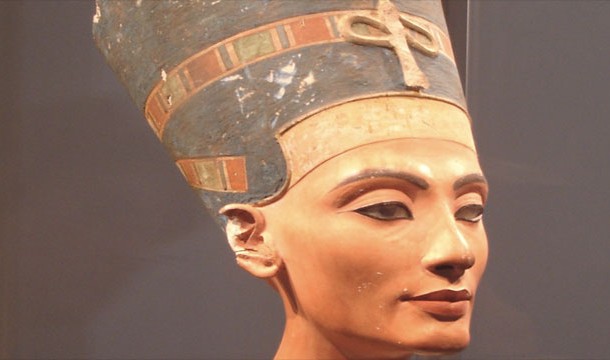 Source: wikipedia, Image: commons.wikipedia.org
Source: wikipedia, Image: commons.wikipedia.org Since its discovery in Egypt by German archeologists in 1912 there have been numerous controversies regarding its repatriation to Egypt and even its authenticity. While the bust is kept in Berlin today, the controversies still rage on a century later.
Spanish Hill
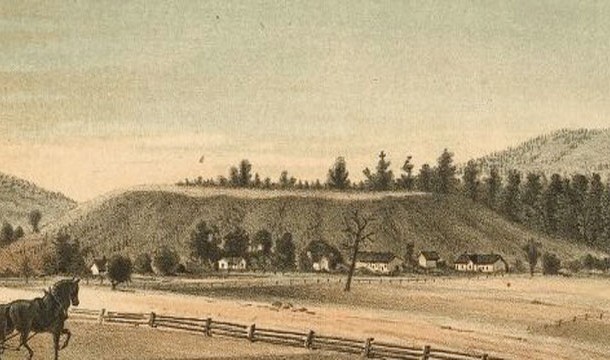 Source: wikipedia, Image: commons.wikipedia.org
Source: wikipedia, Image: commons.wikipedia.org A hill located in Pennsylvania, the location has been controversial among historians and archeologists for some time. Controversies typically center on the origin of structures and embankments found on the hill. Even the origin of the name has been a source of controversy.
Tikal Temple 33
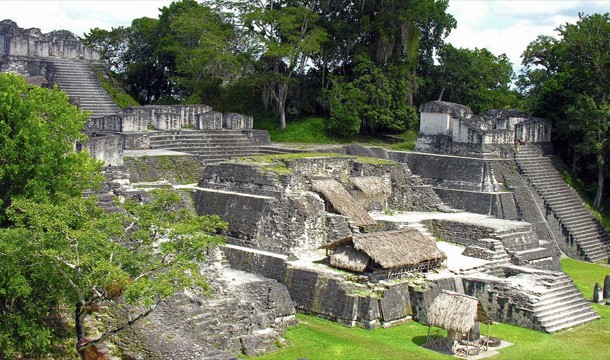 Source: wikipedia, Image: commons.wikipedia.org
Source: wikipedia, Image: commons.wikipedia.org The controversy surrounding this Mayan temple wasn’t about its origin or purpose but rather the fact that archeologists had decided to dismantle the structure in order to arrive at the earlier stages of construction.
Grolier Codex
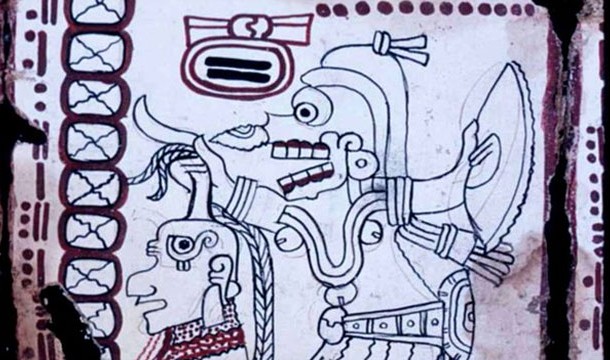 Source: wikipedia, Image: commons.wikipedia.org
Source: wikipedia, Image: commons.wikipedia.org This pre-Colombian Mayan book first appeared in a New York private collection during the 20th century. Since then, however, its authenticity has been disputed by archeologists.
Repatriation and reburial of human remains
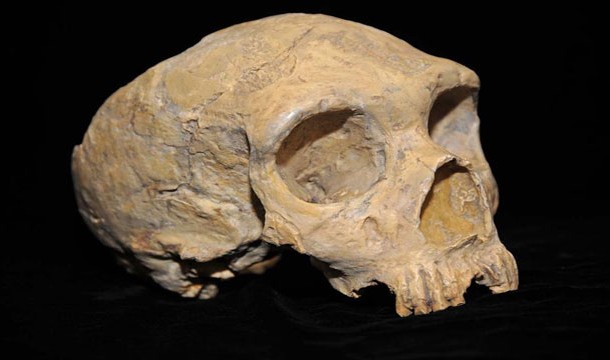 Source: wikipedia, Image: commons.wikipedia.org
Source: wikipedia, Image: commons.wikipedia.org This long running and very current controversy encompasses several present day situations (The Kennewick man, Druid human remains) where various indigenous groups have requested the repatriation of human remains from their communities for burial.
Treasure hunting
 Source: wikipedia, Image: commons.wikipedia.org
Source: wikipedia, Image: commons.wikipedia.org This is another area that divides archeologists. Archaeology as a field largely owes its origin to treasure hunters but today treasure hunting is being condemned by a growing number of nations as well as archeologists in order to preserve archaeological sites.
Piri Reis Map
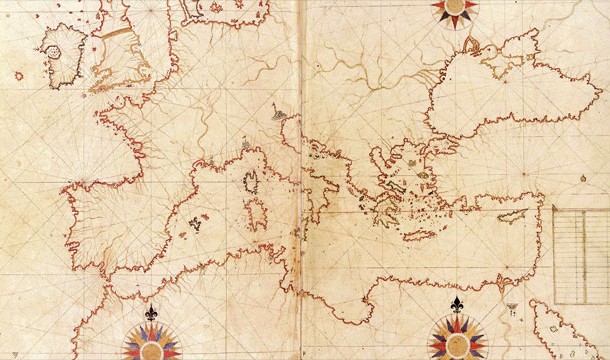 Source: wikipedia, Image: commons.wikipedia.org
Source: wikipedia, Image: commons.wikipedia.org A map compiled by Ottoman admiral Piri Reis, this map is supposedly a copy of one of Christopher Columbus’s maps and has been a source of national pride in Turkey. The controversies, however center around its alleged accuracy especially with regards to the new world and the Antarctic coastline.
Baghdad Battery
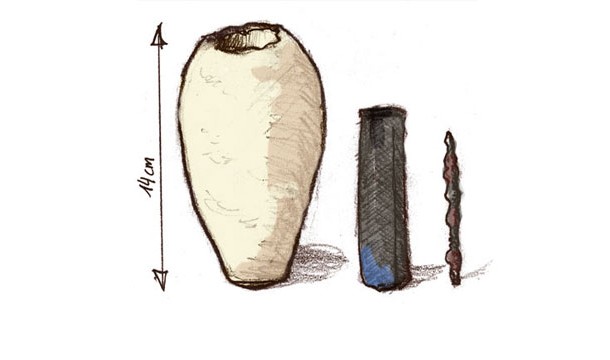 Source: wikipedia, Image: commons.wikipedia.org
Source: wikipedia, Image: commons.wikipedia.org This is the name for a number of artifacts discovered in the 1930s in Iraq. The vessels were corroded and archeologists determined they were probably used to hold vinegar or wine. The controversy, however, arises over speculation that the vessels were used as galvanic cells to electroplate gold into silver. Although Mythbusters showed that this was at least theoretically possible, the controversy as to their purpose continues.
Ötzi
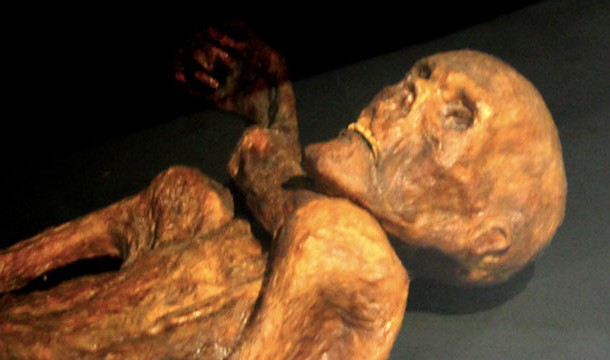 Source: wikipedia, Image: commons.wikipedia.org
Source: wikipedia, Image: commons.wikipedia.org Found high in the Ötzi Alps on the border of Austria and Italy, Ötzi the Iceman is Europe’s oldest naturally preserved mummy. There is much controversy and speculation, however, concerning the end of Ötzi’s life. Theories have included everything from raiding parties to ritual sacrifice.
Skull 5
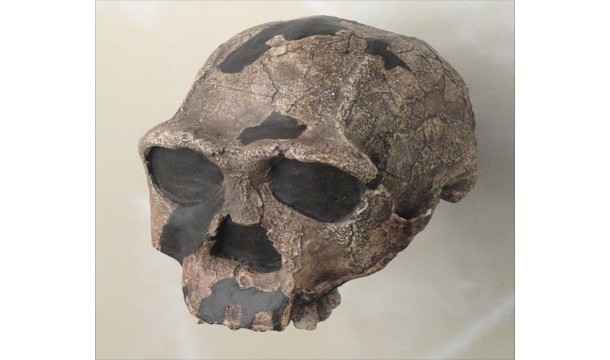 Source: nationalgeographic.com, Image: commons.wikipedia.org
Source: nationalgeographic.com, Image: commons.wikipedia.org One of five skulls discovered in Dmanisi, Georgia, the unusual dimensions of the skull have led to ongoing debate in the archeological community. The debate centers on whether or not the Dmanisi humans were an early form of Homo erectus.
Cyrus Cylinder
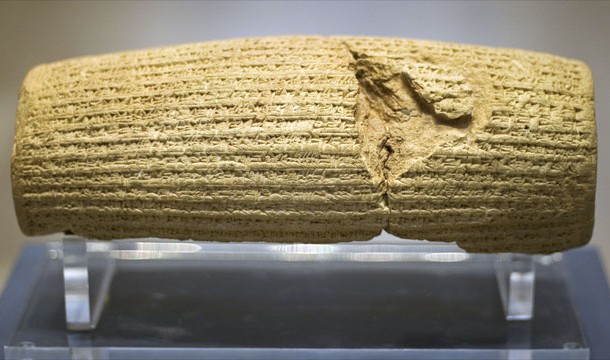 Source: wikipedia, Image: commons.wikipedia.org
Source: wikipedia, Image: commons.wikipedia.org An ancient cylinder containing Akkadian cuneiform script was discovered in 1879 in modern day Iraq. The script was written in the name of Achaemenid king Cyrus the Great and controversy has surrounded its significance. Some scholars see it as corroborating the repatriation of the Jews while others see it as the oldest known charter of human rights.
Calico Early Man Site
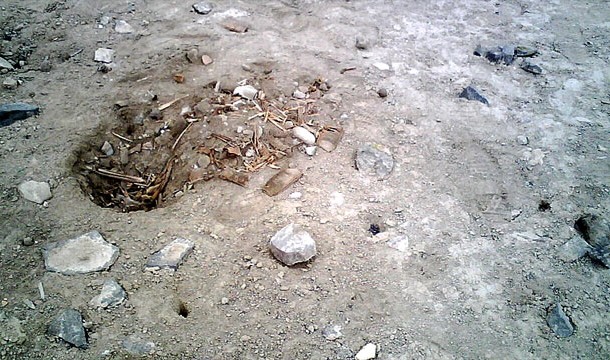 Source: wikipedia, Image: commons.wikipedia.org
Source: wikipedia, Image: commons.wikipedia.org Thousands of rocks resembling prehistoric tools have been found at an archeological site in southern California known as the Calico early man site. The debate continues, however, concerning whether or not these “tools” are artifacts (made by humans) or geofacts (formed by nature).
Atlantis
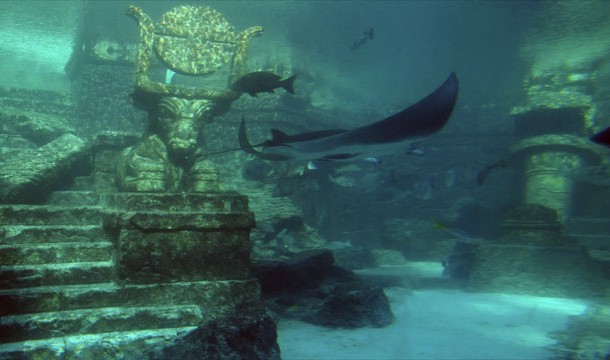 Source: wikipedia, Image: commons.wikipedia.org
Source: wikipedia, Image: commons.wikipedia.org Although the existence of an actual sunken city has been largely dismissed, there is still controversy as to what served as Plato’s inspiration for mentioning it in his writings.
Stonehenge
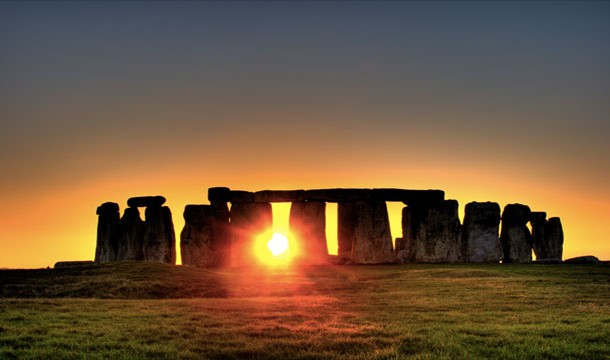 Source: wikipedia, Image: commons.wikipedia.org
Source: wikipedia, Image: commons.wikipedia.org Because Stonehenge was built by a culture that left no written records there has been much speculation and back-and-forth concerning the actual function and construction of the site.
Monte Verde, Chile
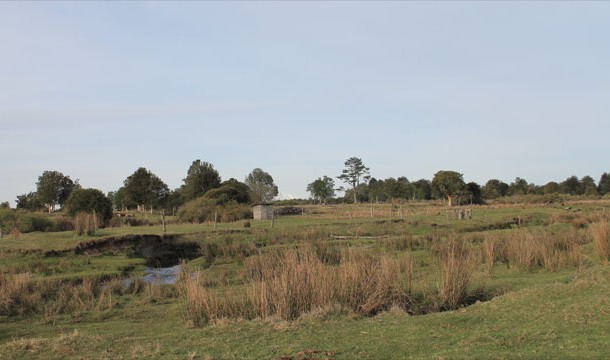 Source: wikipedia, Image: commons.wikipedia.org
Source: wikipedia, Image: commons.wikipedia.org Dating of the Monte Verde archeological site in Chile led to many archeologists to believe that humans settled the America’s earlier than they had previously thought. There has been much division concerning these theories and their significance within the archeological community.
Sandia Cave
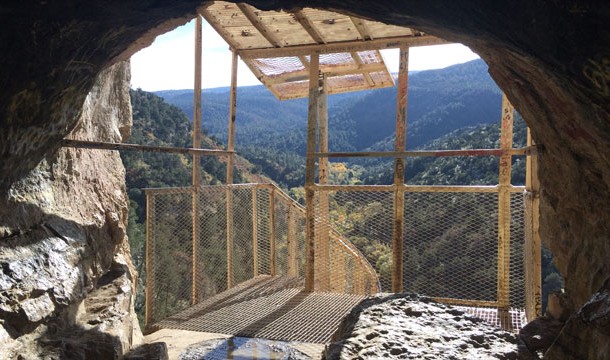 Source: wikipedia, Image: commons.wikipedia.org
Source: wikipedia, Image: commons.wikipedia.org Possibly one of the most controversial archeological findings in the history of the United States, this cave in New Mexico was excavated by Frank Hibben in the 1930s and 1940s. Many of his techniques and findings have become a major source of controversy in archeological circles even today, especially those concerning the idea that man had inhabited North America much earlier than previously thought (once again).
Piltdown man
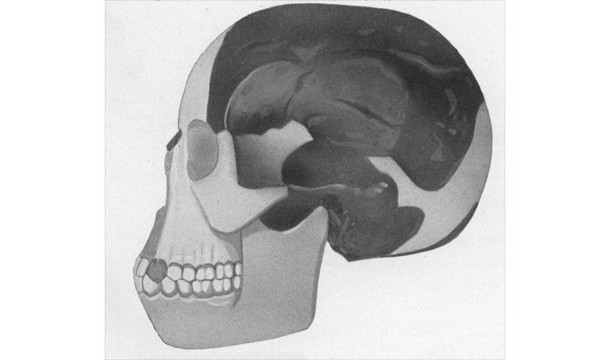 Source: wikipedia, Image: commons.wikipedia.org
Source: wikipedia, Image: commons.wikipedia.org The Piltdown hoax was possibly one of the most famous anthropological hoaxes ever perpetrated. Basically, after bone fragments found in England were presented as evidence for a previously unknown early human, it took more than 40 years to be exposed as a hoax. The identity of the forger remains unknown.
Runamo
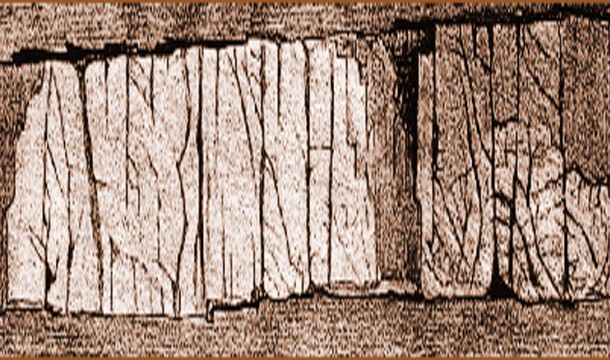 Source: wikipedia, Image: commons.wikipedia.org
Source: wikipedia, Image: commons.wikipedia.org Runamo is a cracked dike located in Sweden with an alleged runic inscription on its side that gave rise to several debates in recent times centering around whether or not the cracks are actual writing, or whether they are simply the result of natural wear and tear.
Nazca Lines
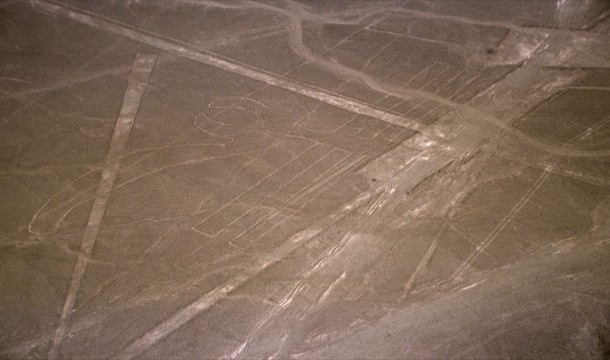 Source: wikipedia, Image: commons.wikipedia.org
Source: wikipedia, Image: commons.wikipedia.org These famous geoglyphs have almost become synonymous with Peru. The controversy here does not really concern the “how” of their construction but rather the “why”. The debate continues today.
White Shaman Rock
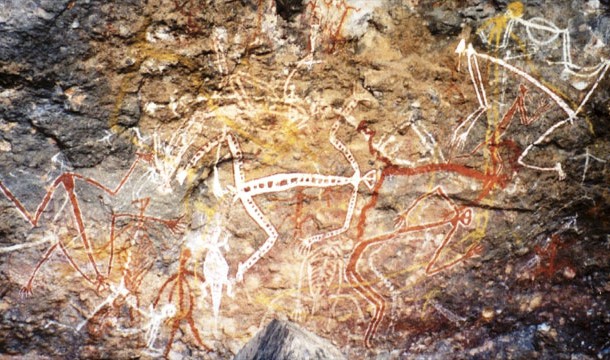 Source: discovermagazine.com, Image: commons.wikipedia.org
Source: discovermagazine.com, Image: commons.wikipedia.org Found in Texas, this 7 meter tall painting has led to much speculation and debate as to its purpose and meaning. Theories include everything from pre-battle rituals to ancient religious ceremonies.
Tărtăria tablets
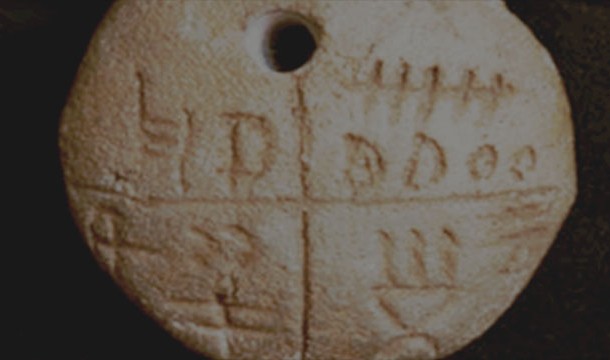 Source: wikipedia, Image: commons.wikipedia.org
Source: wikipedia, Image: commons.wikipedia.org Three tablets discovered in Romania in 1961 have been the source of considerable controversy among archeologists especially with regards to their age and meaning. More specifically, whether or not they represent the earliest form of writing on record.
The Death Of Alexander The Great
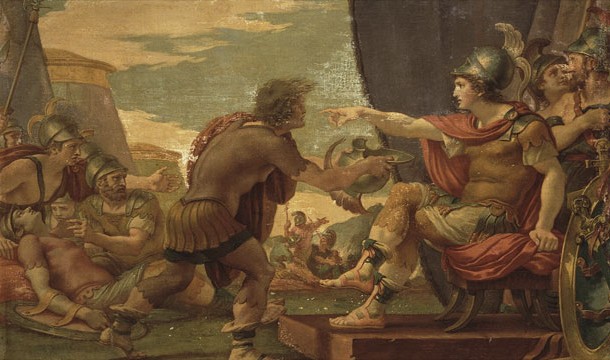 Source: wikipedia, Image: commons.wikipedia.org
Source: wikipedia, Image: commons.wikipedia.org While most experts agree his death took place on June 10 323 BC at Nebuchadnezzar II’s palace in Babylon, the exact way that he died has been a source of heated debate.
The Minaret Of Jam
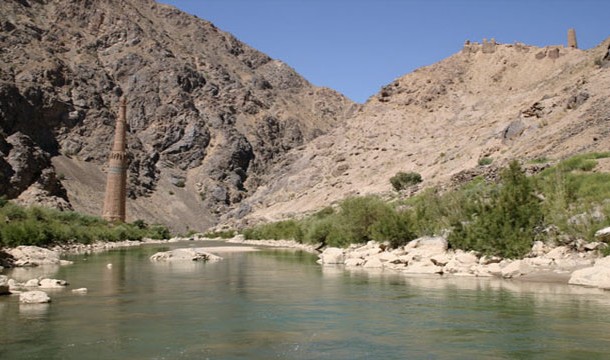 Source: wikipedia, Image: commons.wikipedia.org
Source: wikipedia, Image: commons.wikipedia.org A remarkably well preserved minaret in Afghanistan, its exact date of construction and purpose have been a source of debate among scholars. Although their is an inscription in its side that allegedly includes this information it cannot be read with certainty.
The Paracas Candelabra
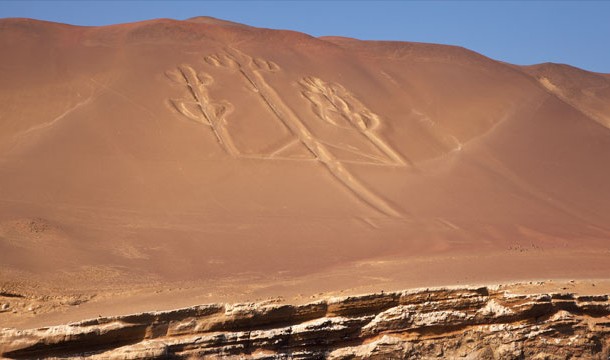 Source: wikipedia, Image: commons.wikipedia.org
Source: wikipedia, Image: commons.wikipedia.org Although the Nazca Lines are arguably more famous, the Paracas Candelabra, another nearby geoglyph has left archeologists just as baffled. While some argue that it had religious significance, others have pointed out the fact that since it was carved into the side of a hill it can be seen from up to 20km out to sea and possibly had value as a sort of landmark to sailors
The Uffington White Horse
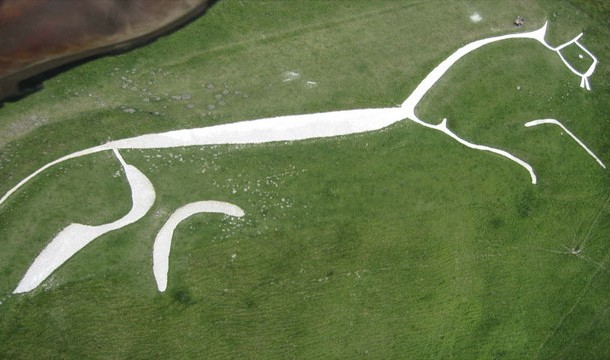 Source: wikipedia, Image: commons.wikipedia.org
Source: wikipedia, Image: commons.wikipedia.org Found in England, this prehistoric hill figure was shaped out of deep cut trenches that were filled with white chalk. It has long been debated, however, whether the figure was even supposed to represent a horse. The date of its construction has led to further debates as well.



























